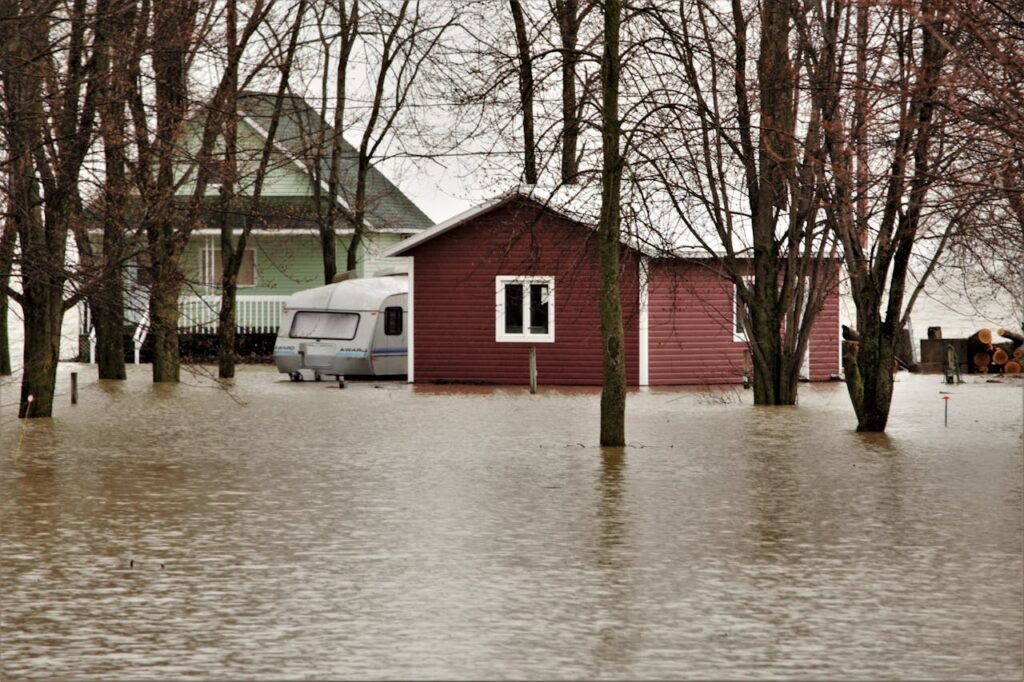Weather prediction has long been dominated by physical simulation models that solve complex atmospheric equations on supercomputers. However, recent advances in artificial intelligence (AI) have prompted a fundamental question: Can AI replace traditional physical models entirely, or is the future in their integration? This article explores the evolving landscape of weather forecasting and the sophisticated relationship between physics-based and data-driven approaches.
The Traditional Foundation: Physical Simulation Models
For decades, numerical weather prediction (NWP) has been the cornerstone of meteorological forecasting. Organizations like the European Centre for Medium-Range Weather Forecasts (ECMWF) operate on massive computing infrastructures—the ECMWF runs on 983,040 CPU cores, while the UK Met Office’s supercomputer uses over 1.5 million CPU cores and consumes 2.7 megawatts of power.
These models are based on the fundamental laws of physics, solving complex differential equations that describe atmospheric motion, thermodynamics, and fluid dynamics. Observational data from satellites, weather stations, and radar systems are continuously assimilated into these models to provide initial conditions and improve accuracy through data assimilation techniques like the Kalman filter.
The AI Revolution: Promise and Reality
Recent breakthroughs in AI weather models have captured significant attention. Google’s GraphCast, for instance, makes forecasts at 0.25-degree resolution and can predict weather conditions up to 10 days in advance more accurately than traditional models, while being much faster. Similarly, NVIDIA’s FourCastNet generates week-long forecasts in less than 2 seconds, orders of magnitude faster than traditional NWP models, while matching their accuracy.
However, the question remains: Can AI completely replace physical models?
Three Fundamental Approaches to Weather Prediction
1. Traditional Physical Simulation Models
This conventional approach relies entirely on physics-based numerical models. Observational data is used for initialization and data assimilation, but the forecast itself is generated by solving atmospheric equations. While computationally intensive, these models provide physically consistent results grounded in well-established scientific principles.
2. Pure AI-Based Prediction
In theory, AI models could be trained solely on historical observational data to make predictions. However, this approach faces significant practical limitations. Pure AI models struggle with:
- Data scarcity: Weather observations, while abundant, are still insufficient compared to the complexity of atmospheric systems
- Physical inconsistency: AI models may produce results that violate fundamental physical laws
- Extrapolation challenges: AI models trained on historical data may fail when encountering unprecedented conditions
While some specialized applications successfully use pure AI approaches—particularly for short-term, localized predictions—they are rarely used for comprehensive weather forecasting.
3. Hybrid Approaches: The Dominant Paradigm
The reality is that most successful “AI weather models” actually represent sophisticated hybrid approaches that combine physical understanding with machine learning capabilities. This integration takes several forms:
Patterns of Physics-AI Integration
3.1 Training AI on Physical Model Output
The most prominent AI weather models, including ECMWF’s AIFS, Google’s GraphCast, and NVIDIA’s FourCastNet, are trained on ERA5 reanalysis data—a rich dataset that combines observations with traditional NWP model outputs. This approach allows AI models to learn from the accumulated knowledge embedded in decades of physics-based modeling.
As ECMWF researcher Mariana Clare explains, “The AIFS establishes a weather forecast on the basis of past developments of the weather. A suitable representation of past weather is provided by the ERA5 reanalysis, where machine-learning techniques are applied to distil how the weather is likely to change from a given set of new initial conditions.”
For river water level prediction, this pattern is equally common. Studies consistently show that AI models perform better when incorporating not just historical water level observations, but also meteorological analysis data such as gridded rainfall data, which provides spatial coverage that point observations cannot match.
3.2 AI Emulators
Physical models can be computationally expensive. AI emulators learn to approximate the input-output relationships of these models, providing rapid approximations of complex physical processes. While these emulators sacrifice some accuracy, they enable real-time applications and large ensemble forecasting that would be computationally prohibitive with traditional models.
3.3 Physics-Informed AI
This approach incorporates physical laws directly into AI model architectures or loss functions. For example, conservation laws (mass, momentum, energy) can be embedded as constraints in neural networks, ensuring that AI predictions remain physically plausible.
3.4 AI-Enhanced Downscaling
In this configuration, coarse-resolution physical models provide the large-scale atmospheric patterns, while AI models add fine-scale detail based on local topography, land use, and historical observations. This approach leverages the physical consistency of NWP models while using AI to capture local effects that are too fine-scale for global models to resolve.
As noted by ECMWF, “Within the EU’s Copernicus services, a hybrid and an AIFS atmospheric composition model will be explored, as well as machine-learning-based methods for downscaling the ERA5 global reanalysis to European and Arctic regions.”
3.5 Process-Specific Integration
The choice of where to integrate AI depends heavily on the specific physical processes involved. Land surface processes, which convert rainfall to runoff, involve complex interactions with soil, vegetation, and terrain that are difficult to model physically but rich in observational data—making them ideal candidates for AI approaches. Conversely, river hydraulics benefit from well-established physical equations and readily available geometric data (elevation, channel geometry), making physics-based approaches often more reliable.
The Computational Revolution
The computational advantages of AI approaches are striking. NVIDIA’s FourCastNet 3 can compute a single 60-day rollout at 0.25° resolution in under four minutes on a single GPU—representing an 8x speedup over other AI models and a 60x speedup over traditional ensemble forecasting systems.
This efficiency extends beyond speed to energy consumption. FourCastNet consumes 12,000 times less energy to produce a forecast than traditional NWP models, while being about 45,000 times faster. These dramatic improvements in computational efficiency enable new capabilities, such as generating thousands of ensemble members for improved uncertainty quantification.
Future Directions and Challenges
The integration of physics and AI is becoming increasingly sophisticated. Current research focuses on fine-tuning techniques that allow AI models to rapidly incorporate new scientific understanding without full retraining. However, challenges remain in ensuring that AI models maintain physical consistency, especially for extreme events that may be poorly represented in historical training data.
ECMWF’s strategy exemplifies the hybrid future: “ML can enhance our computations by adding components or replacing some parts of the process. This is what we call the ‘hybrid’ approach.” Rather than wholesale replacement, the future lies in intelligent integration that leverages the strengths of both approaches.
Conclusion: Complementary Technologies, Not Competing Ones
The narrative of AI versus physics in weather prediction is fundamentally misleading. The most successful applications represent sophisticated integrations that combine the physical understanding embedded in traditional models with the pattern recognition capabilities of AI. Pure AI approaches remain limited by data availability and physical consistency requirements, while traditional physics-based models face computational constraints that AI can help overcome.
The future of weather prediction lies not in choosing between physics and AI, but in developing increasingly sophisticated ways to combine them. This hybrid approach promises more accurate, efficient, and accessible weather forecasting—from global climate models to local flood prediction systems. As computational resources continue to advance and AI techniques become more sophisticated, we can expect even deeper integration between these complementary approaches, ultimately leading to more reliable predictions that serve society’s growing need for weather and climate information.

